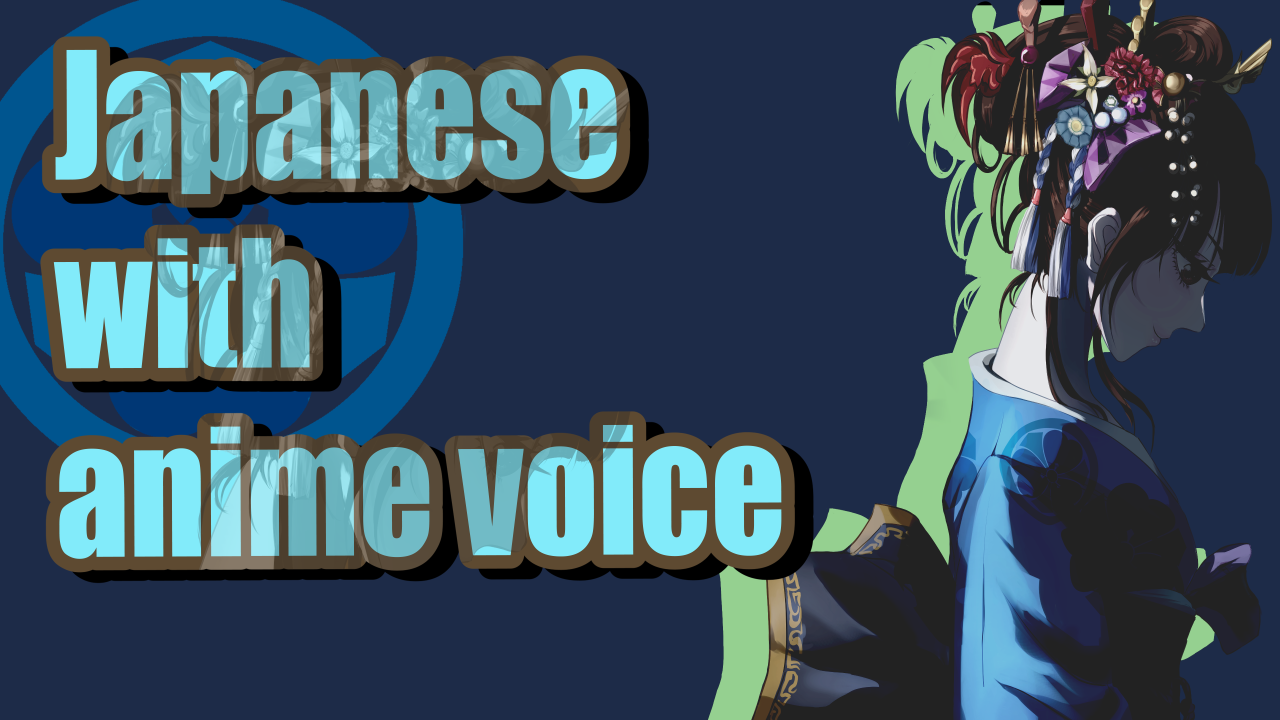Japanese with anime voice: episode24
Hello, I’m Sachi.
April 4, today is Anpan Day, a day Kimuraya established to commemorate the presentation of Kimuraya’s あんぱん (Anpan) to Emperor Meiji on this day in 1875. Kimuraya was founded in 1869 as a manufacturer and distributor of bread and Japanese and Western confectionery. Incidentally, the あんぱん (Anpan) presented to Emperor Meiji was not an ordinary あんぱん (Anpan), but あんぱん (Anpan) called 桜あんぱん (sakura anpan). I have never had it, so I don’t know the details, but roughly speaking, it is こしあん (koshian), あんぱん (Anpan) baked with a salted cherry blossom pickle in the center.
こしあん (koshian) refers to あんこ (Anko), which is こしあん (koshian) when the あんこ (Anko) is こした (koshita) until there are no more grains left.
“こす (Kosu)” means to make food go through a fine mesh-like gap many times to reduce it to its purest component. In the case of あんこ (Anko), it is repeated until there are no more grains. Yes, there are two kinds of あんこ (Anko), こしあん (koshian) and 粒あん (tsubuan). Among Japanese people, there is often a difference in preference between the こしあん (koshian) and 粒あん (tsubuan) types.
However, it does not mean that they are completely divided into two groups. For example, there are those who prefer こしあん (koshian) but can eat 大福 (Daifuku) even if it is 粒あん (tsubuan), and those who prefer 粒あん (tsubuan) but can eat こしあん (koshian) on top of お団子 (Odango).
Even though they are all あんこ (Anko), they have their own likes and dislikes. This kind of thing is quite common in Japan. It’s the same in sweets and food, but the texture divides people into two groups, one for this and the other for that. I noticed this the other day and thought it was interesting.
There are two common types of fried rice: “ぱらぱら (parapara)” and “ねちねち (nechinechi).” The ぱらぱら (parapara) is when the rice grains do not stick together and are slightly firm, while the ねちねち (nechinechi) is when the rice grains stick together and are moist.
In the case of rice, even if it is not fried rice, there are two types of rice, hard and soft, and people have different tastes. By the way, the hardness of cooked rice grains can be adjusted by the amount of water.
Also, there are two types of オムライス (omu-rice): とろとろ (torotoro) and thin rolled. とろとろ (torotoro) is a half-cooked egg, and thin rolled is a thinly cooked egg that wraps around the bottom of the rice. My mom’s オムライス (omu-rice) was thinly rolled, so I didn’t know とろとろ (torotoro) オムライス (omu-rice) existed until I was in high school. I asked my mom why ours was thinly rolled, and she told me that my dad was a fan of thinly rolled オムライス (omu-rice). I grew up with my dad’s preference for thin rolls, but now I am a とろとろ (torotoro) オムライス (omu-rice) fan.
In the case of ramen noodles, there are two types of noodles: thick and thin. In addition, there is also a difference in preference between hard and soft noodles, depending on how the noodles are cooked. In the case of pasta noodles, there is a difference in preference between fresh and dried noodles. This may not be as true for other foods, but there is also a difference in preference between 木綿豆腐 (momen dofu) and 絹ごし豆腐 (kinugoshi dofu). The 木綿豆腐 (momen dofu) is stuffy and a bit hard, while the 絹ごし豆腐 (kinugoshi dofu) is smooth and soft.
I’m sure there are others, but these are the ones I can think of right now! They’re all the same dish, but even the texture affects your tastes. It’s interesting, isn’t it? It’s just a texture, but it’s still a texture.
If you are interested in Japanese food, try to pay attention to not only the taste but also the texture of the food when you are on travel. I think you will make some interesting discoveries.
My likes and dislikes are also largely based on texture. I am not good at textures that are generally considered to be my favorites. For example, I dislike crustaceans such as ぷりぷり (puripuri) and コリコリ (korikori). Recently, I am getting over the コリコリ (korikori) texture, but not shrimp ぷりぷり (puripuri)…for some reason, I just can’t like shrimp…. When I tell people that I can’t eat shrimp, they almost always ask me if I am allergic to it, but when I tell them that it is just the texture, they almost always say that it is very rare. Yes, I am. I think so myself.
In your country, do you have a preference for this kind of texture? A Korean woman who is an online student told me the other day that there are two types of tteokbokki, one made from wheat flour and the other made from rice. The student said she prefers the texture of tteokbokki made from rice. I have not had tteokbokki yet, but I imagine that I would prefer the texture of rice-based tteokbokki as well. If you know of any local cuisine that attracts attention for its texture like this, please let me know!
Anyway, there are a lot of onomatopoeic words today, such as ぱらぱら (parapara), ねちねち (nechinechi), ぷりぷり (puripuri), and コリコリ (korikori). You don’t really know what they mean, do you? I always say this as an excuse when I explain Japanese, but it is difficult to explain onomatopoeia in words so that people can understand it. Once you know the meaning of onomatopoeia, you should actually experience it for yourself. Try to use it. I think it is a good idea to repeat this process to deepen your understanding. It is a very useful word once you learn it.


